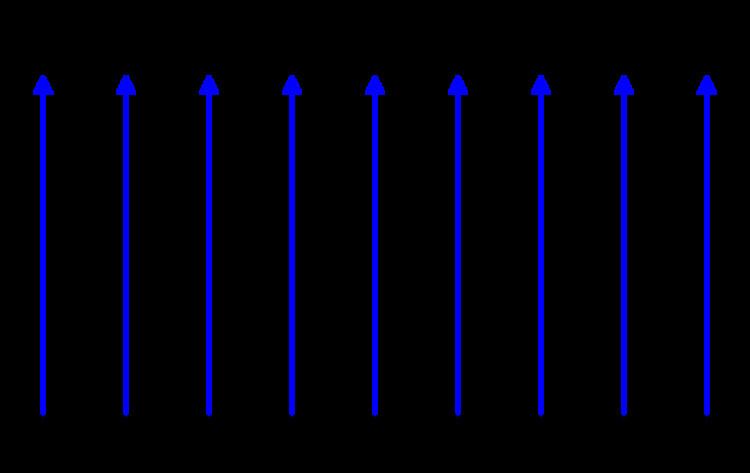 | ||
In mathematics, a Dirac comb (also known as an impulse train and sampling function in electrical engineering) is a periodic tempered distribution constructed from Dirac delta functions
Contents
- Dirac Comb Identity
- Scaling
- Fourier series
- Fourier transform
- Sampling and aliasing
- Use in directional statistics
- References
for some given period T. The symbol
The Dirac comb function allows one to represent both continuous and discrete phenomena, such as sampling and aliasing, in a single framework of continuous Fourier analysis on Schwartz distributions, without any reference to Fourier series. Owing to the Poisson summation formula, in signal processing, the Dirac comb allows modelling sampling via multiplication with it, but it also allows modelling periodization via convolution with it.
Dirac Comb Identity
The Dirac comb can be constructed in two ways, either by using the comb operator (performing sampling) applied to the function that is constantly
where
In signal processing, this property on one hand allows sampling a function
Scaling
The scaling property of the Dirac comb follows from the properties of the Dirac delta function. Since
Note that requiring positive scaling numbers
Fourier series
It is clear that
for all t. The complex Fourier series for such a periodic function is
where the Fourier coefficients, cn are
All Fourier coefficients are 1/T resulting in
Fourier transform
The Fourier transform of a Dirac comb is also a Dirac comb. This is evident when one considers that all the Fourier components add constructively whenever
Unitary transform to ordinary frequency domain (Hz):
Notably, the unit period Dirac comb transforms to itself:
Unitary transform to angular frequency domain (radian/s):
Sampling and aliasing
Multiplying any function by a Dirac comb transforms it into a train of impulses with integrals equal to the value of the function at the nodes of the comb. This operation is frequently used to represent sampling.
Due to the self-transforming property of the Dirac comb and the convolution theorem, this corresponds to convolution with the Dirac comb in the frequency domain.
Since convolution with a delta function
This leads to a natural formulation of the Nyquist-Shannon sampling theorem. If the spectrum of the function
In the time domain, this multiplication is equivalent to convolving a sinc function with the samples of the signal, leading to the Whittaker–Shannon interpolation formula.
Use in directional statistics
In directional statistics, the Dirac comb of period 2π is equivalent to a wrapped Dirac delta function, and is the analog of the Dirac delta function in linear statistics.
In linear statistics, the random variable (x) is usually distributed over the real number line, or some subset thereof, and the probability density of x is a function whose domain is the set real numbers, and whose integral from
